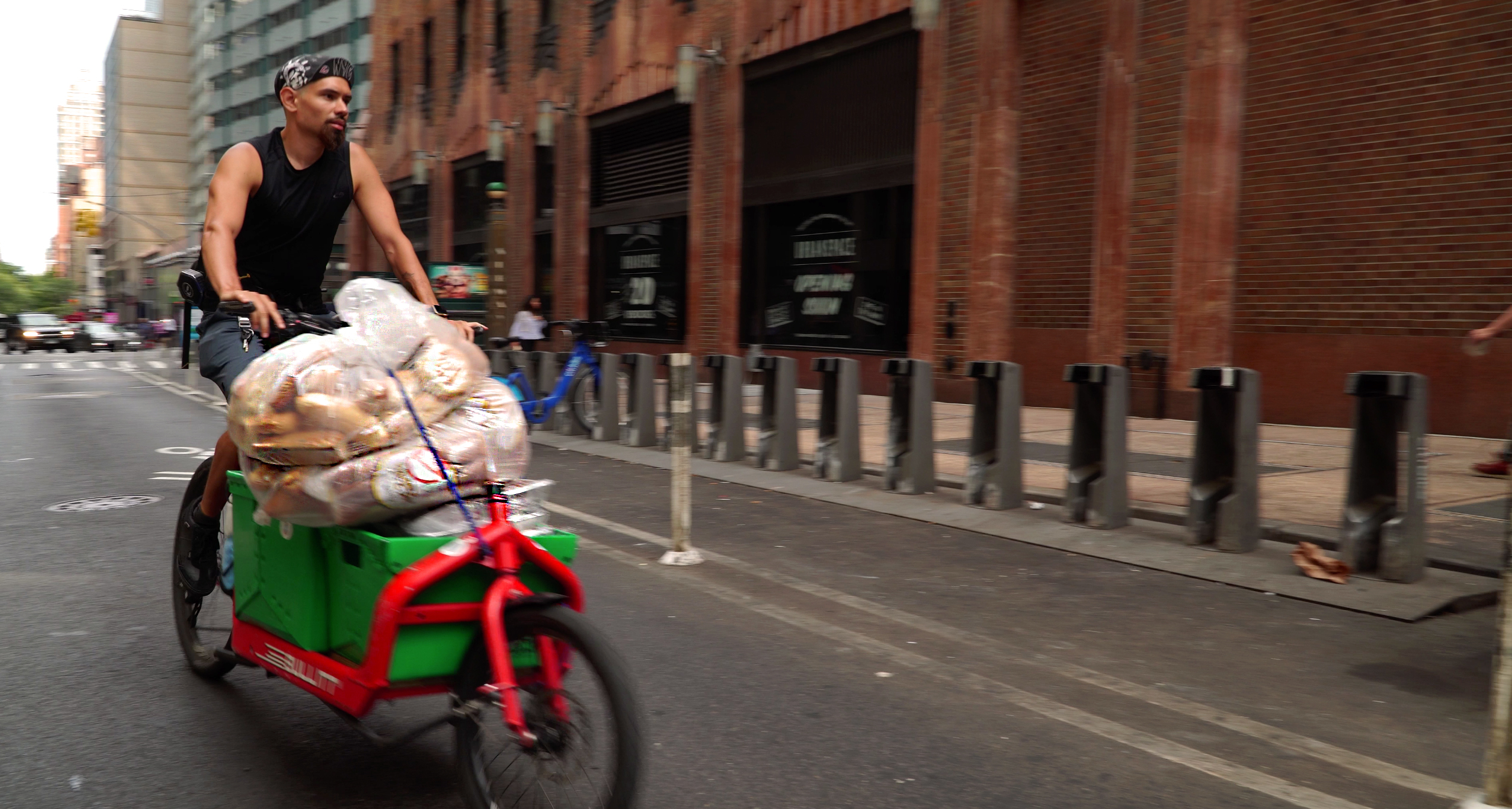Featured, Roddenberry Fellowship
The Cost of Charity
Hannah Dehradunwala | October 26, 2019
I’ve been thinking a lot about money and how we dance with it. In the nonprofit world, it feels like an awkward bachata with a partner that your parents have set you up with. You try your best to touch minimally, making shy and sparing eye contact, feigning disinterest when in reality you’ve already named the three employees that you’ll hire when he’s yours.
I’ve often felt that if I talk about money more than I talk about impact that I’m losing sight of the mission of the organization. I’ve worked in the food redistribution space for about four years now, and though the nonprofit has grown from a small volunteer-driven organization to an automated, revenue-generating tech platform that facilitates on-demand food donations to local feeding programs, I struggle with the way that nonprofit organizations like ours are expected to interact with money. And I’m surprised that revenue-generation for a non-profit organization is sometimes seen as a negative.
For starters, why is it taboo for revenue maximization to be a goal for a nonprofit organization, while in every other industry it’s an indicator of success? What is it about the concept of making money that seems, to many, to dilute impact? When it comes to NPO’s, why are fundraised dollars somehow cleaner than payment for service? True, we need to be twice as conscious that, in the process, we’re not negatively impacting the population that we’re serving. But when it comes to the question of balancing profit and purpose, in my mind there’s no debate; You need to grow one to grow the other if you’re actually going to achieve anything that lasts. My goal with Transfernation has always been the same: create something that you can walk away from; It should be able to run without you. A huge part of achieving that is securing a sustainable and constant revenue source and the acknowledgment that money is one of the most important drivers of results, buying talent, time, and operational capacity.
To me, the ‘non-profit’ designation is starting to mean less and less. Where before it was seen as an indicator of an organization’s mission and, incorrectly so, their sworn pledge to maintain a minimum wage for life, people outside of the industry who might be engaging with revenue-generating non-profits like ours, are starting to realize that being ‘non-profit’ does not mean that you can not or should not make profit and it certainly doesn’t mean that you shouldn’t be generating revenue where you can to help your operations grow.
The emphasis should always be on impact, but it should also take into account that money and revenue-generation are important for nonprofits to continue doing the work that they do. I wish that, when we were first starting, someone had sat me down and said, Hannah, let me tell you about the concept of creating shared value and how to redistribute the financial cost of charity so that it doesn’t fall disproportionately on the people providing the services, for problems that we as a society are all collectively responsible for creating. For me, creating revenue streams is the equivalent of creating jobs for people who run the service behind the scenes. It’s mental security. It’s organizational security. And it all collectively contributes to creating a system that will, consistently and without fail, continue to transport untouched food from where there’s extra to the people that need it, regardless of if I step back. We’re not quite there yet, but I can see it.
Meet the Author
Meet Hannah, a 2019 Roddenberry Fellow
Hannah is a Pakistani-American Muslim and the co-founder & CEO of Transfernation, a logistics company focused on building tech-based, integrated food rescue systems for cities. She co-founded Transfernation during her sophomore year at New York University. Transfernation is a technology platform that helps corporate food providers redistribute extra, untouched, catered food from cafeterias and events to local feeding programs instantly. Using the app, event hosts and cafeteria managers can request on-demand pickups for extra food. Learn more




